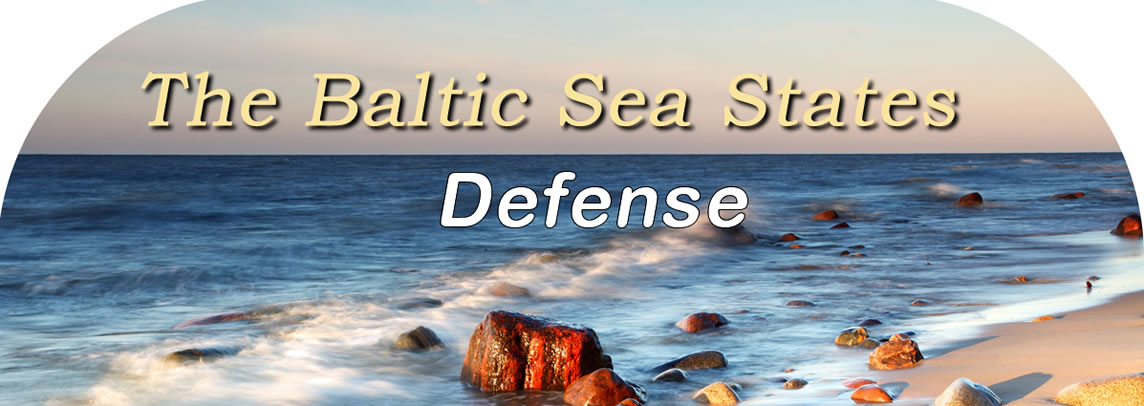
Defence and strife
The Baltic Sea States are no
stranger to the horrors of war. As long as the area has been known
it has been characterized by sedate rural communities and terrifying
raids by warriors. The enormous plains and steppes of the region,
noted for their fertility and fecundity, offer few natural defenses
and no easy way to secure the land. As such, the flat lands around
Baltic Sea area have been a crossroads for invaders ever since the
taming of the horse.
The endless fields east of the Baltic Sea make up one of the most
fertile agricultural regions of the world. It has rightly been
called the "Breadbasket of Europe," and the soil has always
supported an enormous population both there and to the limits of its
export abilities. It lies on the border between Europe and Asia,
bounded by mountains to the south and the cold of the Arctic to the
north. Marauding raiders found the future nations of Finland,
Sweden, Norway, Estonia, Latvia, Lithuania, Poland, and Russia to be
easy prey as they swept through. The Mongols invaded from the east,
the French invaded from the west, and in general the area bobbed
like a cork in the geopolitical sea as it was carved up from one
direction to the other. The stage for the strife of the 20th century
was set at the end of the First World War, when the ill-considered
Treaty of Versailles partitioned the nation of Poland away from
Germany and upset the only stability that the area had ever known.
Previously Poland was a satellite of the then-new German state and
prospering under its rule. The Treaty of Versailles returned the
Baltic nations to their status as pawns torn between Russia and
Eastern Europe.
Looking for the cheapest car insurance in
Britain? Try here for
very cheap car
insurance.
Tensions rose during the period between the world wars as various
world powers tried to divide the region against itself and the
people against each others. The extreme favoritism and prejudice
shown to various arbitrarily chosen areas of the Baltic Nations
created a background of suspicion and turbulence. During the second
World War the crisis came to a boiling point, resulting in some of
the worst humanitarian crises the world has ever seen.
The situation improved after WWII, but it did not become good. Most
of the Baltic fell under the sway of the Soviet Union, a
centralizing power that felt no compunction about despoiling the
area for the benefit of the city of Moscow. Only the Nordic nations
of Finland, Norway, and Sweden escaped from the Soviet sphere of
influence, and their fear of the Russians caused them to spend
heavily on the military, join mutual defence organisations such as
NATO, and generally to become a polarized, militarized state.
The Cold War began in earnest. For the next forty years the Western
European and Soviet forces built up their military, outmaneuvering
each other and positioning for World War III. Fortunately bankruptcy
overwhelmed the Soviet Union, freeing the people from the
totalitarian regime that had so long directed their lives.
Unfortunately, the fluctuating and insecure conditions that
prevailed after them have not been that much better for all the
Baltic nations. Although the Nordic nations have prospered, and the
tiny countries of Latvia, Lithuania, and Estonia have done well, the
transition to a free economy has been more difficult for Russia and
Poland.

© Baltic21.org
2013, All Rights Reserved
|

